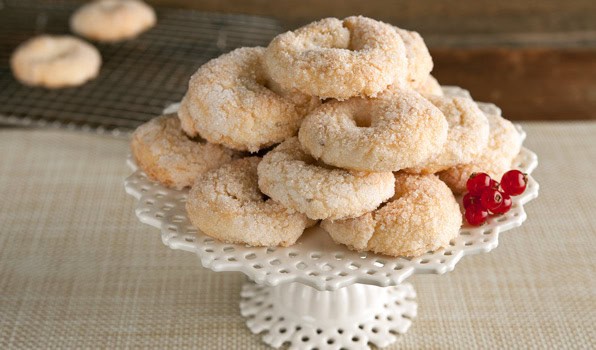Tag: leftover
What To Do With Leftover Whey
You’ve taken that step to conquering the art of cheesemaking and you find yourself landed with a pound of delicious cheese, along with a whole lot of leftover whey. You’re wondering what can you do with all that protein rich whey? Lots of things- it does not need to go to waste!

Before you start, you need to know a few things about whey. Whey is basically milk but with the solids and fats removed from it (the solids now being your cheese). It may as well be water however it contains lactose (milk sugar) which is water soluble and ends up draining off with the whey. Now if you are lactose intolerant, it is advised that you avoid whey.
The biggest part of whey is whey protein, which you may be familiar with if you are an avid gym user. There are two types of protein within milk- whey and casein. Most of the casein from the milk ends up in the cheese which you make and most of the whey protein ends up in the whey, as you would guess from the name.
Back in the day of cheese making on a large scale, cheese makers needed to be creative to find a use for their leftover whey. Before industrial cheese making took over, farm cheesemakers would feed it directly to the cattle as a protein source. Nowadays, industrial cheesemakers have to find other ways to make use of the “waste”.
Cheesemaking companies began to market their leftover whey to companies which make protein-enriched products such as protein shakes and bars because whey is bursting with protein. Since then, the protein industry has boomed and has overcome the cheesemaking side of the business altogether.
In fact, the demand for whey protein has become so huge that it is no longer the by product and is actually the primary product for some large-scale cheesemakers. However, that being said, a home cheese maker is not likely to sell their three quarts of leftover whey to a protein shake manufacturer. There is really no need when there are so many uses for whey in your home. The only thing the end use depends on is whether the whey is salted or unsalted. There aren’t as many options for the salted variety as opposed to the unsalted:
Salted:
– Baking: You can use the whey in place of the water or milk when baking bread or pastry recipes. Make sure you omit the salt.
– Rich Homemade Stock: Save up your vegetable trimmings and bones as usual and use whey to cover them instead of water and bring it all to a boil and then let it simmer for a couple hours on low so that the flavor can be extracted.
Unsalted:
– Protein Smoothies And Shakes: You can make your homemade protein products by easily adding some whey to your shakes or smoothies to boost your protein.
– Feed To Animals: Now not everyone will be able to do this, but if you happen to have farm animals such as chickens, you can feed the whey to them. It is not advisable to feed it to your cats or dogs because like milk, it can have a bad effect.
– Bathe In It: Apparently, whey can work wonders on your skin like nothing else, it is definitely worth a shot.
– Drink It: The tang of whey may be an acquired taste but it can be refreshing. The cultured whey has probiotics that can help balance the microflora in your gut for a hidden bonus of the protein.
– Freeze for later – You can always freeze your whey for later. I recommend splitting it into smaller, manageable batches and freezing separately. It will keep in the freezer for up to 6 months, possibly longer.
– Ricotta – Many people ask about making ricotta from leftover whey. If you made cheese using a culture then you must do this. You still end up with some whey to use up, but you get some additional cheese from it.
These are just a sample of some of the uses you can get out of whey. There are so many that you will never have to throw whey out again!
Don’t Let Your Leftover Wine Go To Waste! Make Cookies!
Got leftover wine from a dinner party or special occasion? It may daunt you the thought of drinking that bottle alone but you really don’t want to throw it away. Well, do not worry! The Italians have an amazing use for leftover wine: bake with it!

Image Source: drizly.com/blog//
Gather some of the ingredients you already have in your pantry and use your leftover wine alongside it to make these simple but tasty Italian wine cookies.
These cookies originally came from the south of Rome, having a long history of being passed down through generations. It is quite a basic recipe, the dough being quite simple, to suit any Roman family, rich or poor. All they needed were wine, sugar, oil, salt and flour.
Another plus to this recipe aside from using up your leftover wine is that it works with any kind of dry wine, red or white, the only difference will be in flavor, but only slight.
These cookies aren’t full of sugar either, so if you’re on a health kick, they won’t be too bad! They’re donut-shaped and are more like biscuits. You can enjoy them as a snack or dip them in milk or coffee, as the Italians would do.



